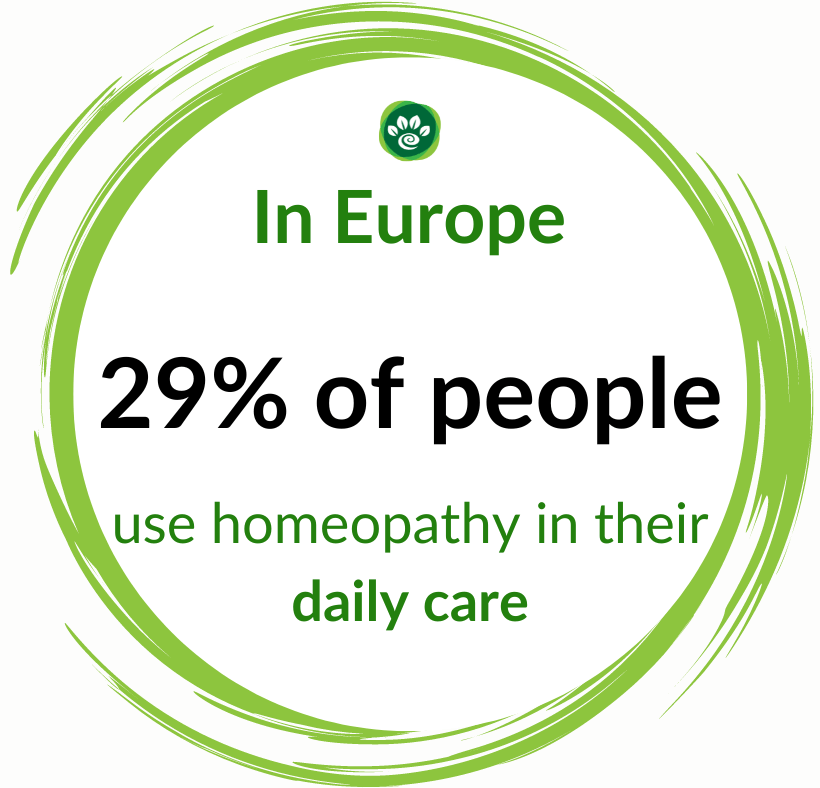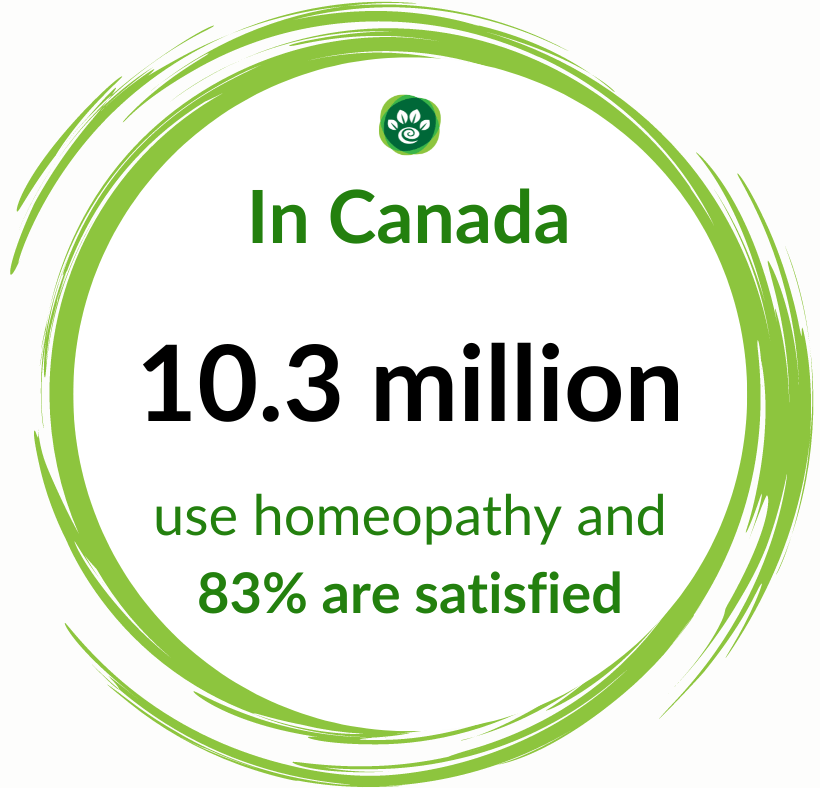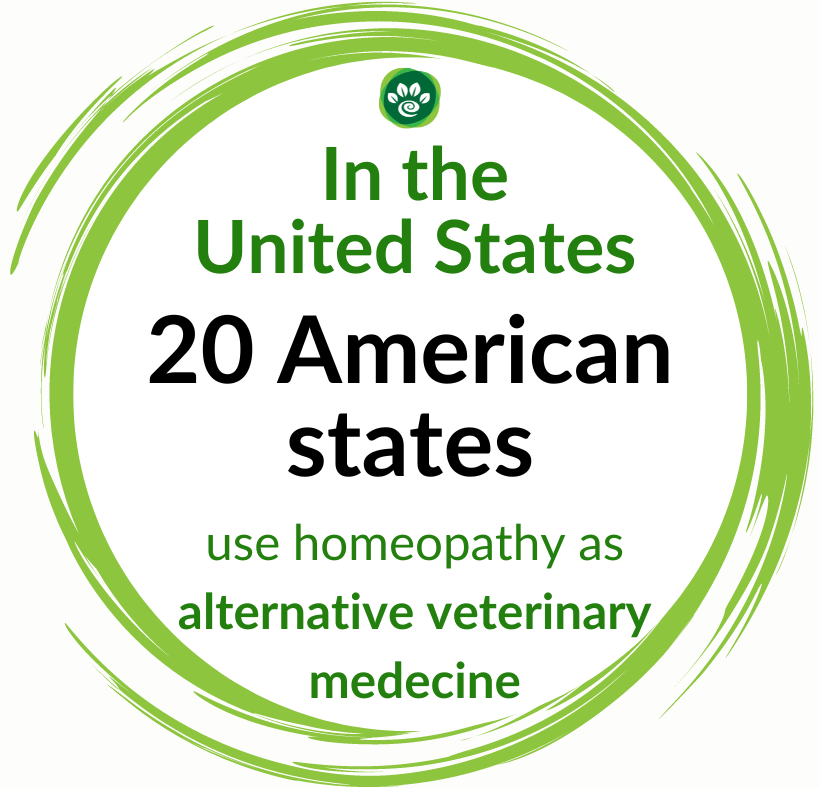
The 3 Most Common Types of Hemangiosarcoma in Dogs
No pet owner wants to learn that their beloved pet has been diagnosed with cancer. If you're reading this article following a diagnosis, or if you suspect your dog may be suffering from hemangiosarcoma , I know this is a difficult and complicated time for you!
You probably have many questions about this type of cancer, such as what causes hemangiosarcoma in dogs, the symptoms, and how long a dog can live with hemangiosarcoma.
In this article, we'll look at the answers to all of these questions, as well as the risk factors and options available for your pet.
Here at HomeoAnimo ™ , we're a group of pet lovers, just like you! We're proud of our track record of thousands of satisfied pet owners and healthy pets, and we're committed to putting our years of industry experience to work to help you address your pet's health concerns.
I hope this article provides all the information you need to manage cancer diagnosed in your dog.
You can always browse our Complete Guide to Cancer in Dogs to learn more about the different cancers that affect dogs.
What is hemangiosarcoma?
Hemangiosarcoma is a rare type of cancer that affects the cells lining blood vessels. Some forms can be very aggressive, so early diagnosis and treatment are essential!
Dogs can be affected by 3 types of hemangiosarcomas: cutaneous (affecting the skin), subcutaneous (affecting the layer under the skin), and visceral (affecting internal organs).
Between 33 and 66% of hemangiosarcomas that begin in skin cells metastasize (spread) to internal organs. Visceral hemangiosarcomas can occur anywhere in the body, but the most commonly affected organs are the liver, spleen, and heart. Unfortunately, these types of tumors are the most dangerous and common hemangiosarcomas in dogs.
What causes hemangiosarcoma in dogs?
Scientists have identified several risk factors for hemangiosarcoma in dogs. Sun exposure has been linked to certain types of hemangiosarcoma, with animals living in very sunny areas and dogs with light, fine hair and fair skin being more commonly affected.
While this cancer is more commonly diagnosed in middle-aged or older dogs, German Shepherds, Golden Retrievers, and Labradors tend to have hemangiosarcomas more often.
Hemangiosarcoma in dogs: symptoms
In cases of cutaneous hemangiosarcomas, you may notice a red bump on the skin that may bleed. Subcutaneous hemangiosarcomas are usually a lump you can feel under the skin, which may be hard or soft.
In the early stages, these tumors are usually not painful, which is good news for your pet, but it can make them more difficult to diagnose!
If hemangiosarcoma affects internal organs, your dog may experience weight loss, loss of energy, and weakness. Pale or white gums are another sign to look for in your pet.
If you notice these symptoms in your dog, be sure to get them checked out immediately! These signs can also indicate other illnesses, and the sooner they are diagnosed and treatment begins, the better your furry friend's outlook will be.
How long can a dog live with hemangiosarcoma?
Unfortunately, it is very common for this type of cancer to spread to other areas, and dogs diagnosed with hemangiosarcoma typically live from 2 months to 1 year , depending on their particular tumors and treatment options.
Hemangiosarcomas affecting the skin have the best outlook, with an average life expectancy of 6 to 12 months, but hemangiosarcomas affecting the internal organs of the heart offer an average life expectancy of only 1 to 6 months.
Hemangiosarcoma in dogs: effectively maintaining your dog's health
As treatment, your veterinarian may recommend surgery and/or chemotherapy, depending on the type, location, and severity of your dog's tumor. Even when surgery is recommended, additional treatment is helpful to reduce the spread and recurrence of the cancer.
Selecting the best option to effectively relieve our beloved companion is not easy, and it can be even more difficult if the symptoms are progressive and treatment needs to begin quickly. There is so much information to consider!
Whichever solution you choose to follow for your dog, we at HomeoAnimo ™ want the best for your pet, just like you.
If you need help making your decision about natural solutions, please contact us by phone, chat, or email to discuss. We are here to help you in any way we can!
Did this article provide you with the information you needed? Do you have a pet with hemangiosarcoma? Leave a comment to let us know, and don't forget to share this article on social media so you can share this information with your friends!


























Leave a comment
This site is protected by hCaptcha and the hCaptcha Privacy Policy and Terms of Service apply.